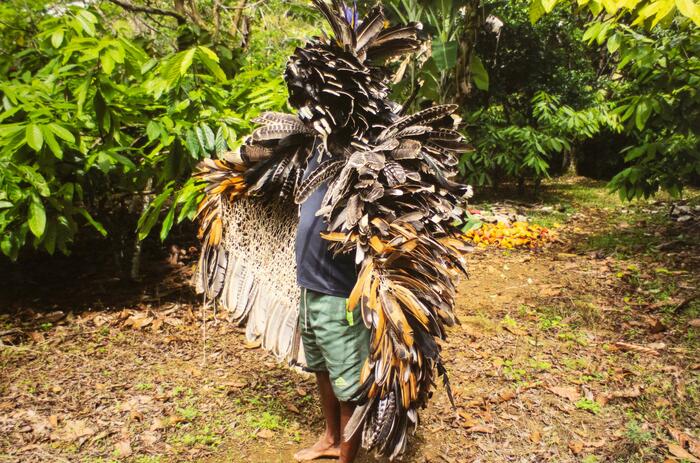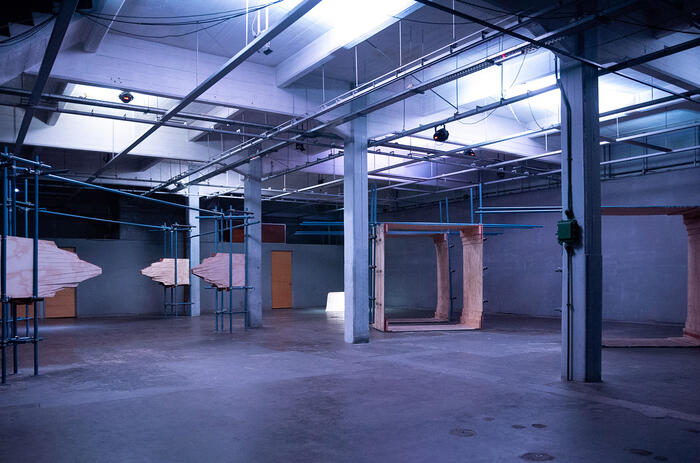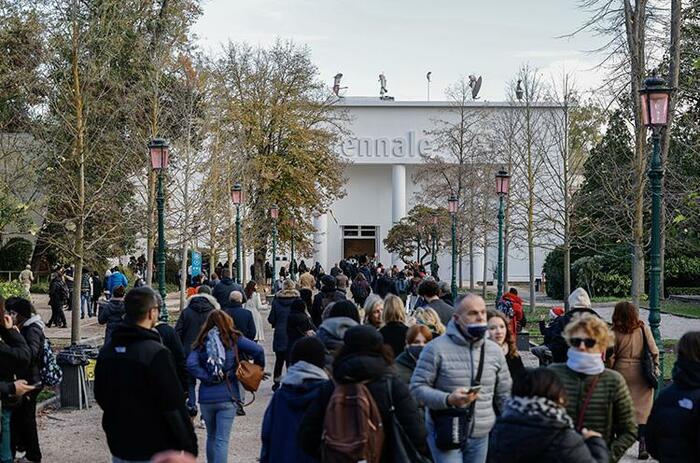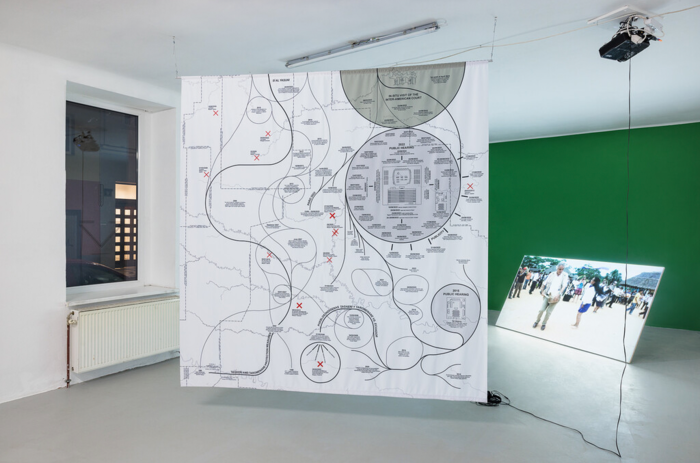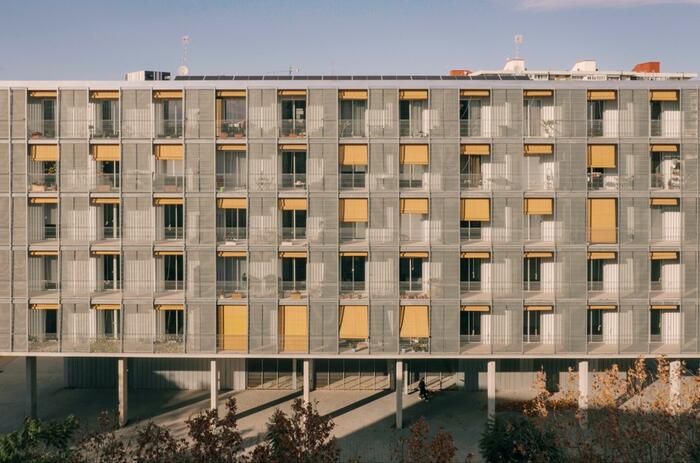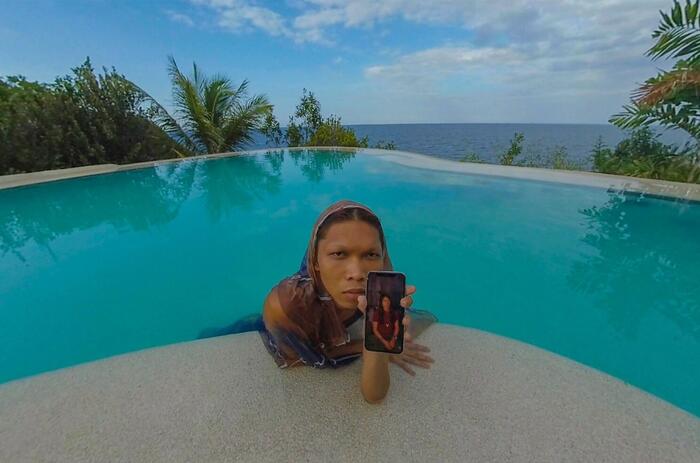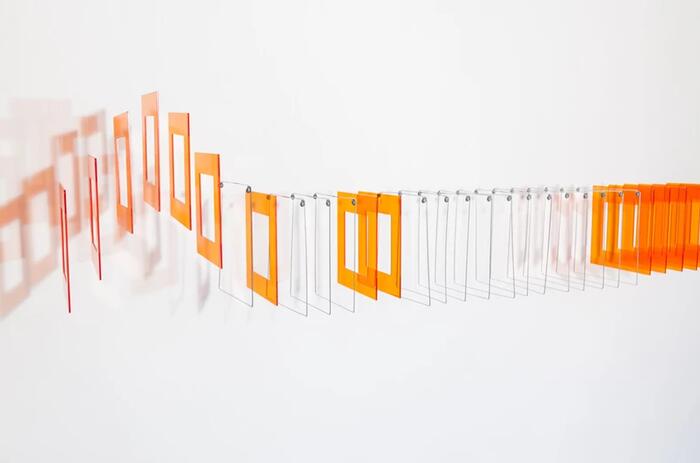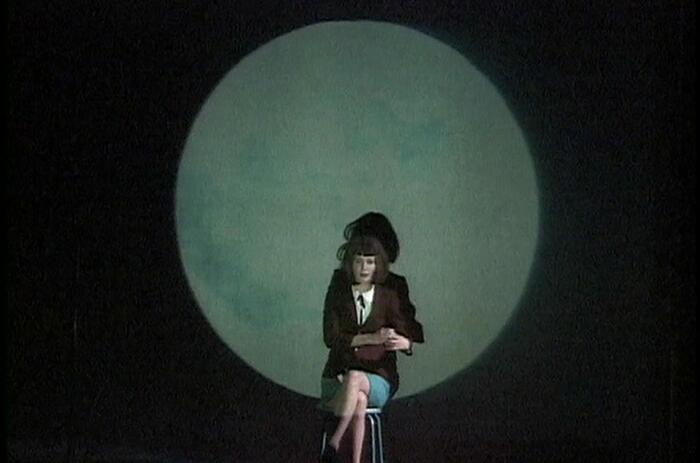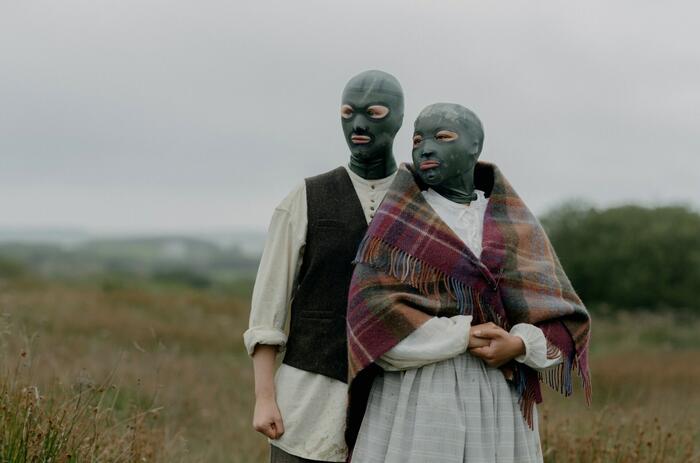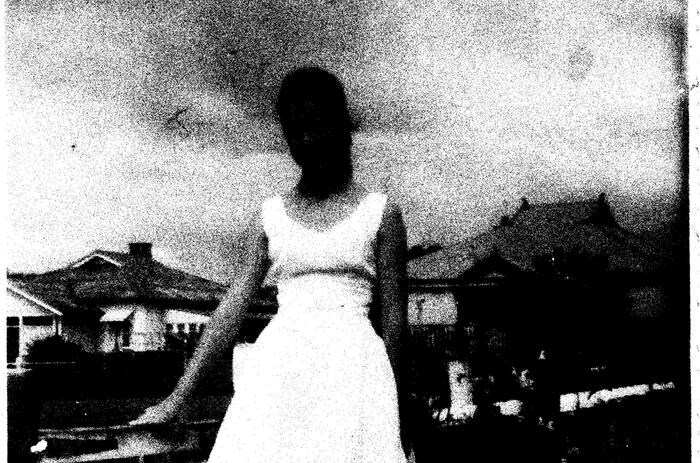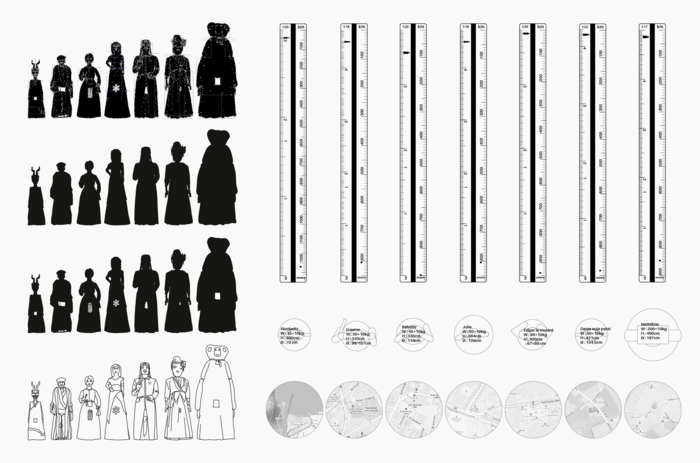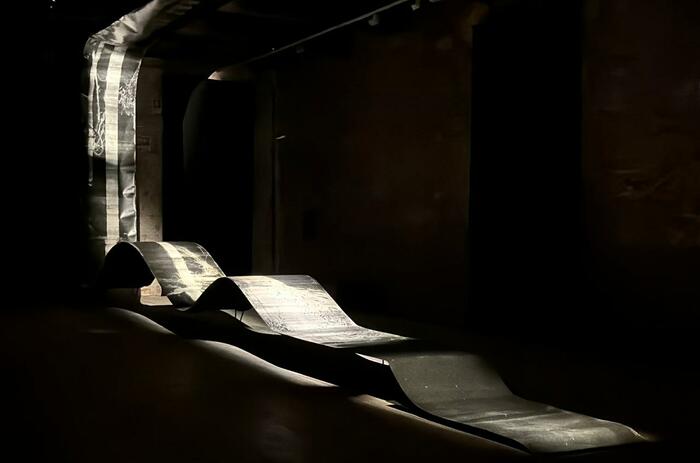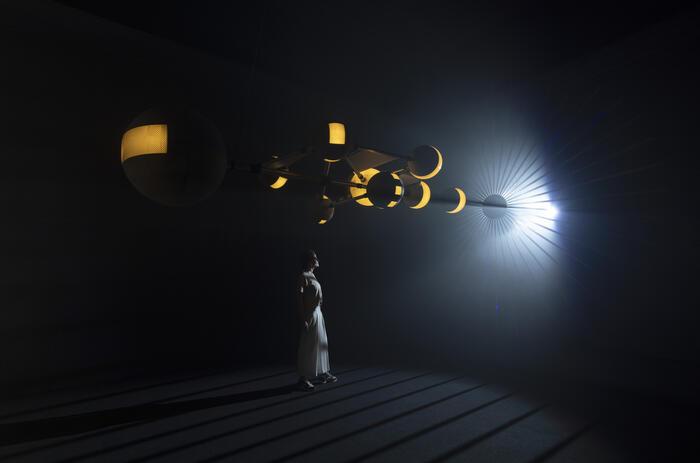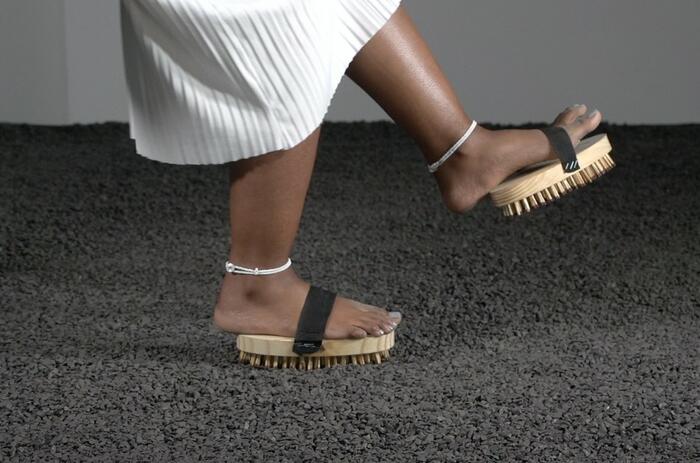LATIN AMERICA AT THE BIENNALE DI VENEZIA’S INTERNATIONAL EXHIBITION
The Biennale di Venezia’s 60th International Art Exhibition, titled Stranieri Ovunque – Foreigners Everywhere, will open to the public from Saturday April 20 to Sunday November 24, 2024, at the Giardini and the Arsenale; it will be curated by Adriano Pedrosa.
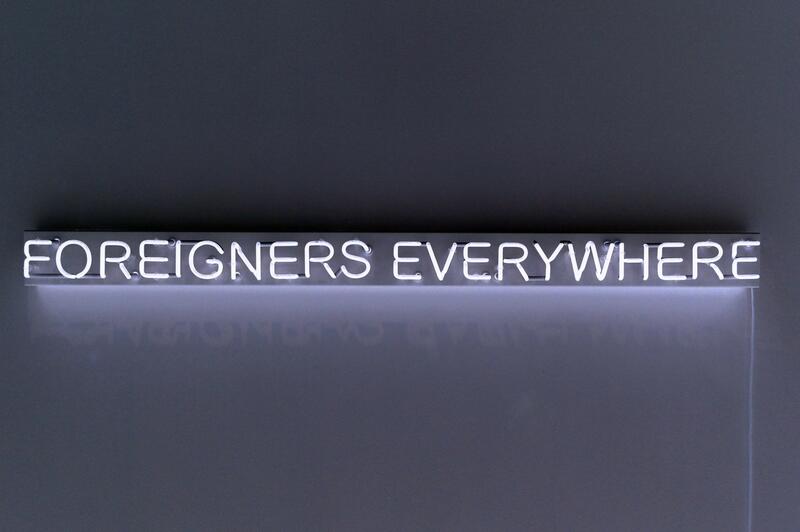
Stranieri Ovunque – Foreigners Everywhere, the title of the 60th International Art Exhibition of La Biennale di Venezia, is drawn from a series of works started in 2004 by the Paris-born and Palermo-based Claire Fontaine collective. The works consist of neon sculptures in different colours that render in a growing number of languages the words “Foreigners Everywhere”. The phrase comes, in turn, from the name of a Turin collective who fought racism and xenophobia in Italy in the early 2000s.
“The expression Stranieri Ovunque – explains Adriano Pedrosa – has several meanings. First of all, that wherever you go and wherever you are you will always encounter foreigners— they/we are everywhere. Secondly, that no matter where you find yourself, you are always truly, and deep down inside, a foreigner”.
The exhibition has two sections: Nucleo Contemporaneo and Nucleo Storico. It features de participation of artists from all over the world, with a strong presence of Latin-American artists.
Nucleo Contemporaneo addresses the indigenous artist “frequently treated as a foreigner in his or her own land”, together with the queer artist, the outsider artists and the folk artist. “Indigenous artists have an emblematic presence and their work greets the public in the Central Pavilion, where the Mahku collective from Brazil will paint a monumental mural on the building’s façade, and in the Corderie, where the Maataho collective from Aotearoa/New Zealand will present a large-scale installation in the first room”.
Nucleo Storico presents global modernisms in the Global South. Three rooms are planned: Protraits, Abstractions and the worldwide Italian artistic diaspora in the 20th century.
"Two quite different but related elements have emerged – underlines Pedrosa – rather organically in the research and have been developed, appearing as leitmotivs throughout the International Exhibition. The first one is textiles, which have been explored by many artists in the show in multiple, from key historical figures in the Nucleo Storico, to many artists in the Nucleo Contemporaneo. […] These works reveal an interest in craft, tradition, and the handmade, and in techniques that were at times considered other or foreign, outsider or strange in the larger field of fine arts. […] A second motif is artists—artists related by blood, many of them Indigenous. […] Again tradition plays an important role here: the transmission of knowledge and practices from father or mother to son or daughter or among siblings and relatives".
The Exhibition will also include 90 National Participations in the historic Pavilions at the Giardini, at the Arsenale and in the city centre of Venice. 4 countries will be participating for the first time at the Biennale Arte: Republic of Benin, Ethiopia, United Republic of Tanzania, Democratic Republic of Timor Leste. Nicaragua, Republic of Panama and Senegal participate for the first time with their own pavilion.

